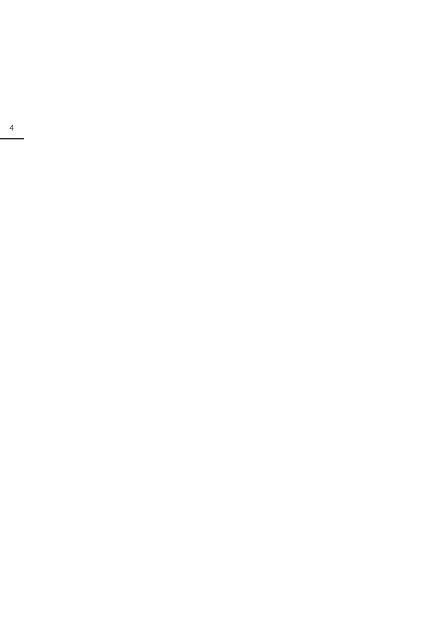Laboratory on Feedback in Artistic Processes 1
Feed-back is everywhere, and as a means to reflect, gather and share resources and methods on this expanding field the “Laboratory on Feedback in Artistic Processes” was initiated within the frame of “Teachback” – one of the modules of the project “Life Long Burning” 1 in collaboration with HZT Berlin and Uferstudios Berlin. The lab, held in January 2014, invited a group of people who shared an interest in the topic of feedback. Over the three days the group practiced, articulated and discussed different approaches, aims and experiences of existing methods of feedback. The idea was that a number of feedback-methods should be applied and tried out within the lab, as opposed to merely remaining on a theoretical discursive level. The document functions as a summarized report on the feedback lab; it collates the remarks from the invited observers, who were Inge Koks and Frederik Le Roy. Through a chronological order the document mainly gives a brief summary on each participant’s contribution with additional considerations and reflections on the proposed method or presentation. This short paper is written firstly as a documentation for those who partook in the lab and secondly, as a reference for those who will participate in a follow up format about feedback. IMPRINT Text by Sheena McGrandles, Nik Haffner, Inge Koks, Frederik Le Roy Photos, Layout and Editing Sheena McGrandles Editor: HZT Berlin, 2014
Feed-back is everywhere, and as a means to reflect, gather and share resources and methods on this expanding field the “Laboratory on Feedback in Artistic Processes” was initiated within the frame of “Teachback” – one of the modules of the project “Life Long Burning” 1 in collaboration with HZT Berlin and Uferstudios Berlin.
The lab, held in January 2014, invited a group of people who shared an interest in the topic of feedback. Over the three days the group practiced, articulated and discussed different approaches, aims and experiences of existing methods of feedback. The idea was that a number of feedback-methods should be applied and tried out within the lab, as opposed to merely remaining on a theoretical discursive level.
The document functions as a summarized report on the feedback lab; it collates the remarks from the invited observers, who were Inge Koks and Frederik Le Roy. Through a chronological order the document mainly gives a brief summary on each participant’s contribution with additional considerations and reflections on the proposed method or presentation. This short paper is written firstly as a documentation for those who partook in the lab and secondly, as a reference for those who will participate in a follow up format about feedback.
IMPRINT
Text by Sheena McGrandles, Nik Haffner, Inge Koks, Frederik Le Roy
Photos, Layout and Editing Sheena McGrandles
Editor: HZT Berlin, 2014
You also want an ePaper? Increase the reach of your titles
YUMPU automatically turns print PDFs into web optimized ePapers that Google loves.
Introducti<strong>on</strong>: <strong>Feedback</strong> is everywhere!<br />
4 5<br />
<strong>Feedback</strong> culture <strong>in</strong> artistic circles and practices is <strong>in</strong>creas<strong>in</strong>gly<br />
grow<strong>in</strong>g and chang<strong>in</strong>g; many methods have<br />
been developed, adapted and modified <strong>in</strong> order to essentially<br />
support the creative process and realisati<strong>on</strong> of<br />
a work. We are see<strong>in</strong>g ever more formats that open up<br />
the rehearsal process to receive feedback and communicate<br />
with audiences <strong>in</strong> a manner that goes bey<strong>on</strong>d<br />
the known artist talk. Also with<strong>in</strong> artistic educati<strong>on</strong> c<strong>on</strong>texts,<br />
the desire is mount<strong>in</strong>g for more quality-structured<br />
feedback that can guide students <strong>in</strong> both a critical and<br />
reflective way through their creative endeavours. <strong>Feedback</strong><br />
is everywhere, and as a means to reflect, gather<br />
and share resources and methods <strong>on</strong> this expand<strong>in</strong>g<br />
field the “<str<strong>on</strong>g>Laboratory</str<strong>on</strong>g> <strong>on</strong> <strong>Feedback</strong> <strong>in</strong> <strong>Artistic</strong> <strong>Processes</strong>”<br />
was <strong>in</strong>itiated with<strong>in</strong> the frame of “Teachback” – <strong>on</strong>e<br />
of the modules of the project “Life L<strong>on</strong>g Burn<strong>in</strong>g” 1 <strong>in</strong><br />
collaborati<strong>on</strong> with HZT Berl<strong>in</strong> (Interuniversity Centre for<br />
Dance) and Uferstudios Berl<strong>in</strong>.<br />
The lab, held between 17th-19th January 2014, <strong>in</strong>vited<br />
a group of people who shared an <strong>in</strong>terest <strong>in</strong> the topic of<br />
feedback. Over the three days the group practiced, articulated<br />
and discussed different approaches, aims and<br />
experiences of exist<strong>in</strong>g methods of feedback. The idea<br />
was that a number of feedback-methods should be applied<br />
and tried out with<strong>in</strong> the lab, as opposed to merely<br />
rema<strong>in</strong><strong>in</strong>g <strong>on</strong> a theoretical discursive level.<br />
1 Life L<strong>on</strong>g Burn<strong>in</strong>g is a project and network supported by the Cultural Programme<br />
of the European Uni<strong>on</strong>. It is comprised of the follow<strong>in</strong>g dance organisati<strong>on</strong>s: 4Culture<br />
(RO), CCN M<strong>on</strong>tpellier (FR), Cullberg Ballet (SE), danceWEB (AT), Het Veem<br />
Theater (NL), Lokomotiva (MK), Stati<strong>on</strong> (RS), Tala Dance Center (HR), Uferstudios<br />
(DE), Ultima Vez (BE), Workshop Foundati<strong>on</strong> (HU), workspacebrussels (BE). The<br />
project is spread out over 10 different modules and formats that c<strong>on</strong>centrate <strong>on</strong> the<br />
mobility and <strong>in</strong>tercultural exchange of artists, with the <strong>in</strong>tent to enhance their carers,<br />
expand dance audiences and advance the producti<strong>on</strong> of knowledge <strong>in</strong> the field.


















